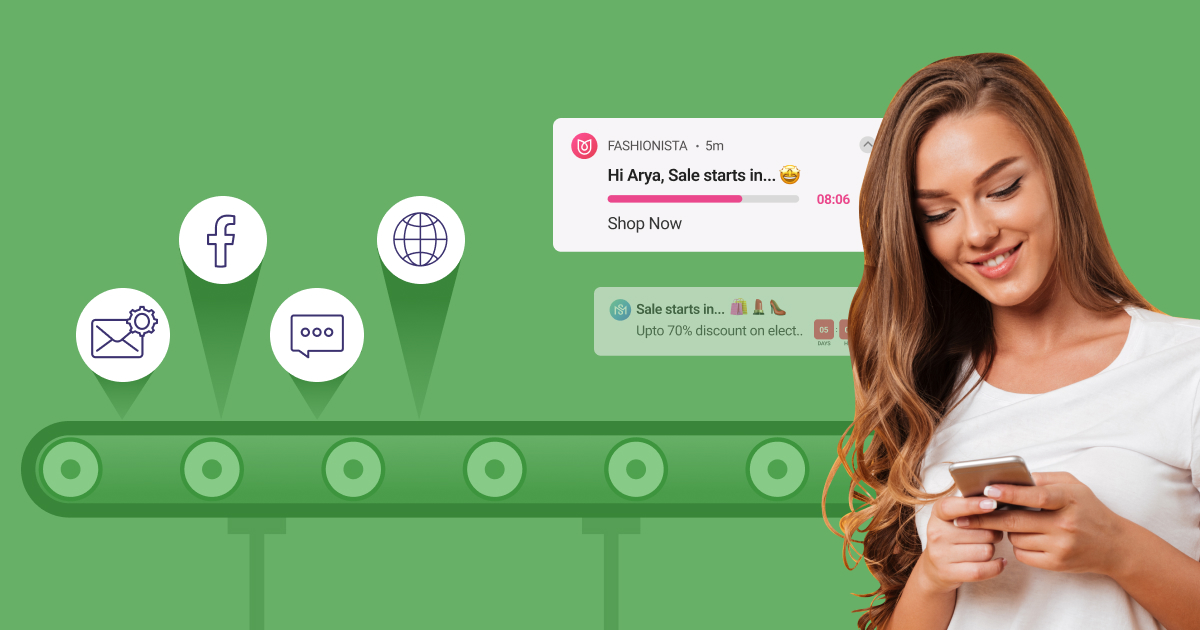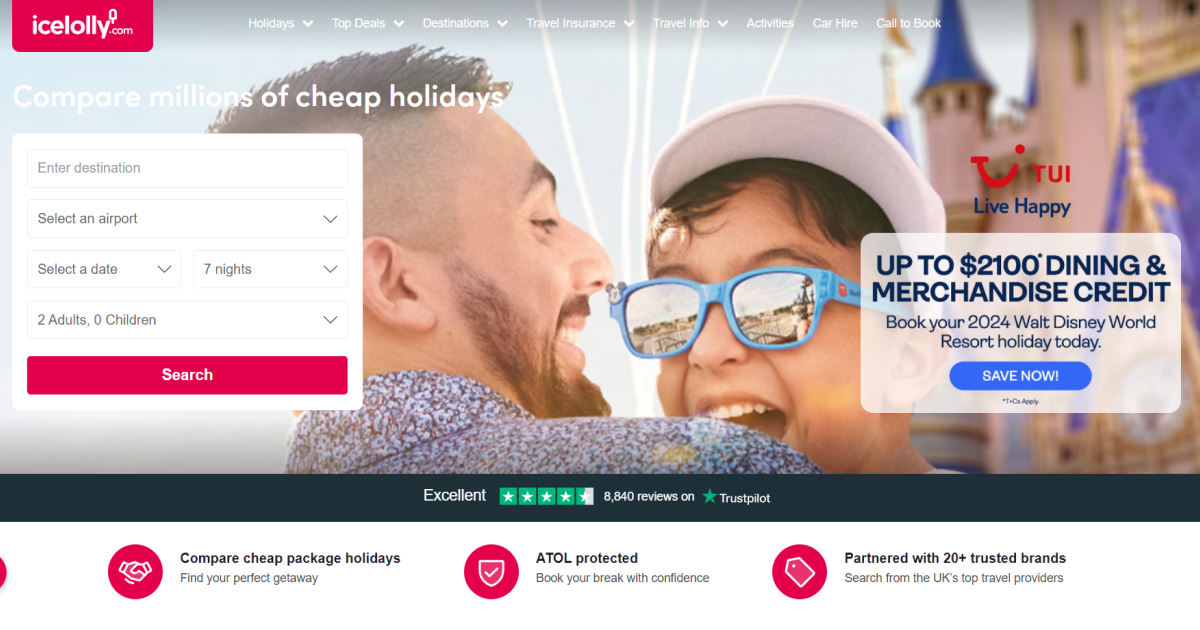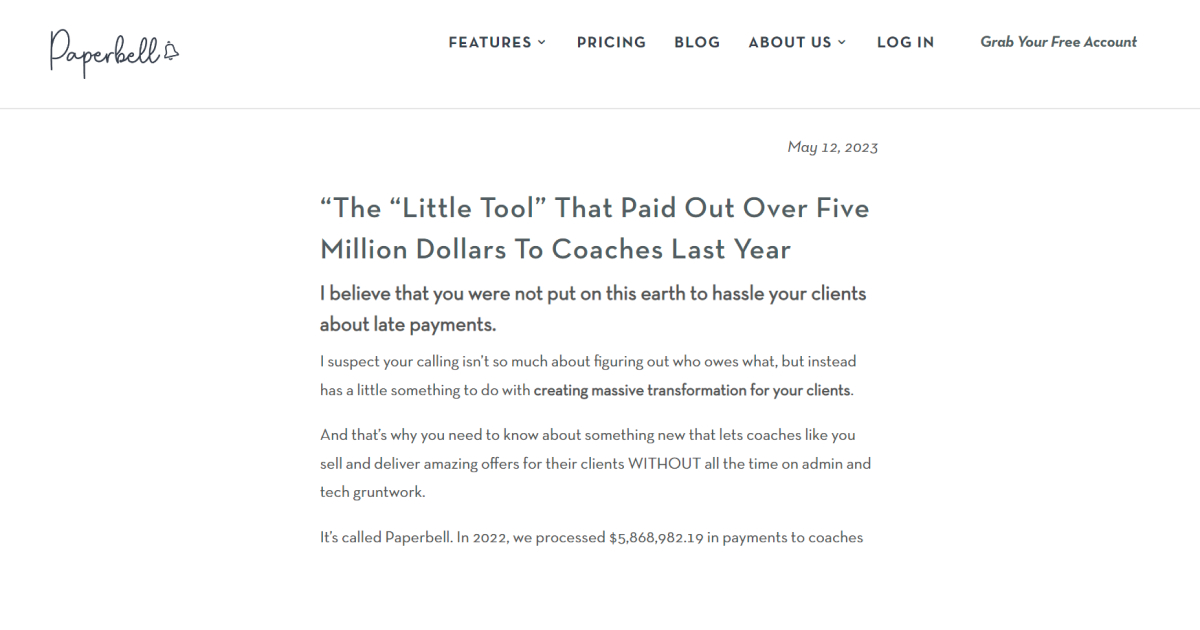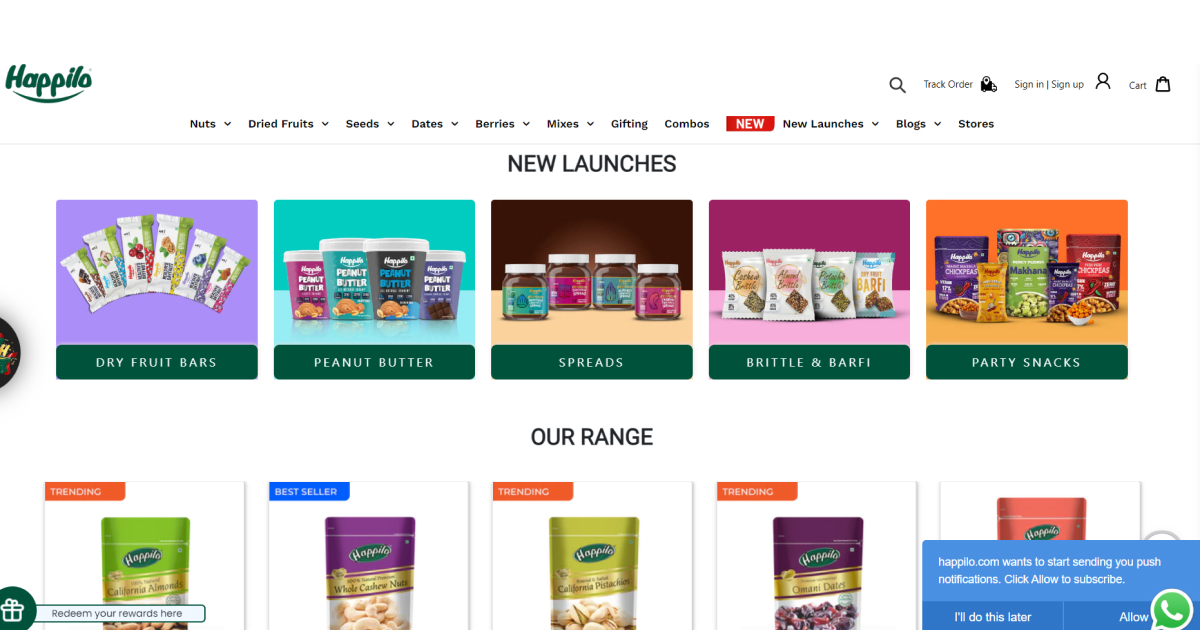In this ever-changing digital landscape, marketing automation has emerged as a game-changer, enabling businesses to streamline, optimize, and measure their marketing efforts more effectively. With marketing automation tools said to improve productivity by approximately 20%, it’s no surprise that businesses are turning to these solutions to revolutionize how they engage with their target audiences and maximize return on investment (ROI).
From email marketing to social media management and beyond, this comprehensive guide will provide an in-depth overview of the different types of automation tools available. We’ll discuss their features, benefits, and examples of best practices to help you determine which solution fits your business best.
So, join us as we explore the dynamic world of marketing automation, leveraging the power of data-driven insights and cutting-edge technology to unlock its potential to drive your business growth.
What is Marketing Automation?

Think of marketing automation as a factory’s well-oiled machine or conveyor belt. Just as the conveyor belt moves products smoothly from one station to another, automating various stages of the manufacturing process, marketing automation does the same for your campaigns.
Marketing automation is the process of using software and technology to automate and streamline marketing activities across the entire buyer’s journey, from the initial customer interaction to post-sales support. It’s like setting up an efficient assembly line for your marketing processes that work around the clock, ensuring no opportunity is missed, and each customer is catered to.
By streamlining marketing processes and campaigns across various channels – including email, SMS, social media, and the web – you can harness a high degree of precision and efficiency. Furthermore, you can direct automated messages toward your customers, cutting down on repetitive tasks that consume valuable time.
Interestingly, a study has demonstrated that the payoff of automation-led marketing is substantial. It’s revealed that 80% of high-performing companies saw marked improvements – such as heightened revenue and customer engagement – after deploying marketing automation strategies for at least three years.
Different Types of Marketing Automation
The automation landscape has grown immensely over the past years and is projected to reach $9.36 billion by 2026. This growth led to a surge in the availability of automation tools, presenting a wide array of options for businesses. Navigating this vast selection and identifying the ideal tools for your marketing endeavors can be a daunting task.
To harness its full potential, you must identify and select the most suitable type for your specific marketing objectives and organizational needs. So, let’s delve into the different types of automation tools, highlighting their applications to help you make a well-informed decision for your business.
1. Email Marketing Automation
Email marketing automation is a powerful tool that streamlines and enhances the efficiency of your email campaigns by automating repetitive tasks and leveraging data to deliver personalized content to your subscribers. This advanced system enables you to send targeted, timely, and relevant emails based on the user’s behavior, preferences, and previous interactions with your brand, increasing engagement, conversions, and customer retention.
However, traditional email marketing requires significant time and effort to create, segment, and send emails to different subscribers. Furthermore, tracking and analyzing campaign performance can be challenging, making it difficult to determine what works and what doesn’t.
Integrating email automation into your marketing strategy enables you to tackle these challenges while unlocking many benefits. The power of email automation goes beyond just streamlining your campaigns; it also enables hyper-personalization of every aspect of your email communication.
Hyper-personalization is the practice of collecting and analyzing a wide array of subscriber data to create highly personalized experiences. With email automation, you can leverage data on your subscribers’ behavior, preferences, and past interactions with your brand to create messages that are uniquely tailored to each individual. This personalized approach elevates your brand communication, ensuring your subscribers receive content that is relevant, timely, and of interest to them, which in turn increases engagement, conversions, and customer loyalty.
Email marketing automation also allows for automatically segmenting subscribers based on various factors. This could be demographics, browsing behavior, or purchase history. Such segmentation paves the way for delivering highly targeted and relevant emails, enhancing your communication strategy.
Further, this automation tool facilitates sending automated emails triggered by specific events such as a new subscriber sign-up, an abandoned shopping cart, or a post-purchase follow-up. This ensures prompt communication and enhances the probability of converting potential customers into actual ones.
Below are the most common types of email automation campaigns:
- Welcome emails: These are automated messages sent to new subscribers to introduce your brand, lay out expectations for future communications, and encourage engagement with your content or products.
- Transactional emails: These emails are triggered by user actions such as purchases or account updates, providing important confirmations that enhance trust and transparency.
- Abandoned cart emails: They act as reminders to customers who leave your online store without completing their purchases, often including personalized recommendations and incentives like discounts or free shipping.
- Re-engagement emails: They aim to rekindle interest among subscribers who have been inactive for a while, using personalized content, exclusive offers, or product updates.
- Post-purchase follow-up emails: These emails are sent after a customer has purchased to express gratitude, provide product or service information, and encourage feedback or social media sharing to foster customer loyalty.
- Lead nurturing emails: These emails guide potential customers through the sales funnel by providing content and information tailored to their current buyer journey stage.
Here is an example of Hnak.com, an e-commerce that brings locally manufactured products into the limelight. HNAK’s primary challenge was tapping into the right audience due to complex segmentation and difficulties mapping customer journeys. To overcome these obstacles, HNAK’s team turned to WebEngage, a solution provider known for its robust email marketing automation capabilities.

WebEngage’s email automation platform enabled HNAK to manage their email campaigns more efficiently, significantly reducing the manual efforts traditionally associated with personalization. The platform provided real-time user and behavioral data, enabling HNAK to send hyper-personalized emails tailored to each shoppers’ interests and behaviors.
The impact of this enhanced automation was immediate and significant. HNAK saw a substantial increase in customer engagement and retention in real-time, leading to a notable decrease in Customer Acquisition Cost (CAC). Furthermore, the brand witnessed a 30% rise in its average email open rate and an impressive 67% reduction in cart abandonment.
2. Social Media Marketing Automation
Social media marketing automation is the process of optimizing social media management tasks using software and tools designed to schedule, publish, and analyze content across multiple platforms. This approach allows your business to maintain a consistent social media presence, engage with your audience more effectively, and efficiently allocate resources to achieve your marketing objectives.
However, the manual process of creating content, scheduling posts, and monitoring engagement often requires significant effort and resources. Additionally, your brand may struggle to maintain a consistent and engaging presence on platforms, leading to missed opportunities for growth and customer engagement.
By implementing a social media automation platform, you can address the challenges by automating the process of scheduling and publishing content across various platforms, ensuring a cohesive social media presence that keeps audiences engaged.
It also simplifies cross-platform management by providing a single dashboard for overseeing all social media accounts and offering a comprehensive view of your business’s online presence. This approach enables performance analytics, which allows you to gain insights into your social media campaigns through real-time reporting and make data-driven decisions for continuous optimization.
Here are a few common types of social media automation you can use:
- Content scheduling and publishing: Content scheduling and publishing tools, such as Buffer, Hootsuite, and Sprout Social, enable businesses to automate content dissemination across various social media platforms, thus ensuring online consistency and freeing up time for other marketing initiatives.
- Social listening and monitoring: Social listening and monitoring tools allow businesses to automatically track brand, product, or industry-related mentions across social media, keeping them abreast of customer sentiment, emerging trends, and potential issues.
- Analytics and reporting: Analytics and reporting tools gather and analyze social media data, offering insights into campaign performance and aiding in data-driven decision-making through features like custom dashboards, competitor analysis, and audience demographics.
- Social media advertising: Social media advertising automation simplifies the creation, management, and optimization of ads across platforms like Facebook, Instagram, and LinkedIn, enhancing targeting, budget allocation, and performance tracking.
- Social media retargeting: Social media advertising automation is a potent tool for retargeting, particularly on platforms like Facebook. It enables you to re-engage users who have previously interacted with your brand, be it through your website, app, or other digital platforms Retargeting also helps you nudge and reactivate dormant users back to your app or website further boosting your retention rate.
- Facebook retargeting uses a pixel (a piece of code that’s embedded in your website) or SDK (Software Development Kit) to track user actions on your website or app. After users leave your platform, Facebook serves personalized ads based on their previous interactions, even outside the app. This strategy helps re-engage lost users and optimizes ad creation, management, and budget allocation, enhancing campaign performance tracking.
- Chatbots and messenger automation: Chatbots and messenger automation tools empower businesses to automate responses to common customer inquiries, manage social media inboxes, and generate leads through platforms like Facebook Messenger and Twitter Direct Messages.
- User-generated content curation: User-generated content curation tools automate the discovery, collection, and sharing of user-generated content, such as reviews or product images, and facilitate obtaining permission from content creators for sharing on your social media channels.
- Influencer marketing automation:This automation tools essentially helps to streamline identifying, connecting with, and managing relationships with niche influencers, enabling businesses to automate outreach, track campaign performance, and analyze influencer collaboration success.
Social media automation has revolutionized the way businesses like icelolly.com, a travel comparison website, retarget their audience to drive conversions. Recognizing the power of extending their reach across various channels, icelolly.com utilized automated tools for retargeting engaged email subscribers on Facebook, tailoring ads based on individual preferences.

This strategic move facilitated the transition of audiences through different stages of the customer journey—from awareness and consideration to eventual conversion—by presenting highly relevant Facebook ads. It effectively bridged different marketing channels, creating an omnichannel marketing approach.
This helped icelolly.com experience a remarkable 17% conversion rate from Facebook. Furthermore, the retargeted ads outperformed general social ads by 3% in terms of conversion rate, underscoring the value of highly relevant content.
3. Advertising Automation
Advertising automation enables you to enhance the creation, management, and analysis of advertising campaigns across various channels, such as social media, display networks and search engines. This approach enables your brand to improve the efficiency of your advertising efforts, reduce manual tasks, and make data-driven decisions to achieve better results and higher ROI.
The manual process of creating, launching, and tracking campaigns often requires significant resources and expertise. Additionally, manual advertising management can result in errors and inconsistencies, such as incorrect targeting, budget allocation, or ad creative, which could negatively affect campaign performance and overall marketing ROI.
Implementing advertising automation enables efficient campaign management, which automates creating, launching, and managing ad campaigns across multiple channels, reducing manual tasks and freeing up time for other marketing activities. Additionally, advertising automation allows for data-driven optimization by leveraging tools to analyze campaign performance in real time, enabling continuous improvement of advertising strategies.
Here are a few common types of advertising automation:
- Programmatic advertising: This type of automation uses software to purchase digital ads through real-time bidding across multiple channels, eliminating the traditional manual process.
- Search engine advertising: Automation in search engine advertising employs automated bid management systems, such as Google Ads and Bing Ads, using algorithms and machine learning to adjust bids in real time based on campaign performance and set goals.
- Social media advertising: Automation tools for social media advertising streamline the management, optimization, and analysis of ad campaigns across platforms like Facebook and Instagram, including automating ad creation, creating lookalike audiences for ad targeting, and performance reporting.
- Display advertising: Automation tools for display advertising assist businesses in managing and optimizing display ad campaigns on various digital platforms, automating ad creation, placement, and performance analysis.
- Mobile advertising: Mobile advertising automation platforms facilitate the creation, management, and optimization of mobile ad campaigns, including the automation of ad creation, in-app ad placement, and performance tracking.
- Video advertising: Video advertising automation tools optimize video ad campaigns on platforms like YouTube and Vimeo by automating ad creation, targeting, placement, and performance analytics.
Urban Company, one of India’s largest home service marketplaces, faced a significant challenge – the necessity to produce hundreds of banners and videos daily for in-app promotions, social media marketing, and performance marketing campaigns. This requirement escalated particularly during seasonal and holiday campaigns, causing design bottlenecks when running hyper-targeted campaigns that demanded many visual creatives.

To address this issue, Urban Company revolutionized its approach to creating and managing creatives by decoupling the creative and production processes. They achieved this through the integration of an ad automation platform. This platform allowed the design and brand teams to construct on-brand banners and video templates for various use cases. The distributed marketing teams could then utilize these templates to quickly produce creatives using a straightforward form-based interface and spreadsheet data.
Implementing advertising automation led to a remarkable 8x reduction in lead time for launching new campaigns. Additionally, it enabled the execution of 5x more campaigns that involved creative personalization for hyper-targeting.
4. Sales and CRM Automation
Sales and CRM (Customer Relationship Management) automation tools can help you manage customer interactions, track customer information, analyze customer behavior, improve customer experiences, increase sales productivity, and enhance team efficiency.
Managing customer relationships, sales processes, and data can become increasingly complex and time-consuming as your business grows. Sales teams may spend significant time on administrative tasks such as data entry, scheduling follow-ups, or tracking customer interactions. This hampers productivity and can lead to data inconsistencies, missed opportunities, and less time spent on core sales activities such as prospecting and closing deals.
By automating repetitive tasks such as data entry, scheduling, and follow-ups, these tools can significantly reduce administrative workload, freeing up time for sales teams to focus on revenue-generating activities. Furthermore, with all customer information consolidated in a single platform, sales teams can gain a 360-degree view of the customer journey, enabling personalized communication, timely follow-ups, and improved customer experiences. Automated analytics and reporting also provide valuable insights into sales performance and customer behavior, empowering businesses to make data-driven decisions and optimize their sales strategies.
Here are some of the key types:
- Contact management automation: These tools help automate the process of collecting, organizing, and managing customer contact information. They eliminate manual data entry and ensure that customer data is up-to-date and accessible to all team members.
- Lead scoring automation: This type of automation assigns scores to leads based on their behavior and interaction with your brand. It helps sales teams prioritize their efforts and focus on the most promising leads, thereby increasing the efficiency of the sales process.
- Task automation: Task automation tools help manage and automate routine tasks such as scheduling appointments, sending reminders, or following up on leads. This can free up valuable time for sales teams to focus on more strategic activities.
- Sales pipeline automation: These tools provide a visual representation of the sales pipeline and automate the process of moving leads through different stages. They can also provide insights into the health of the sales pipeline and help identify bottlenecks.
Paperbell, a platform designed to support life, relationship, and professional coaches with their business operations, faced challenges in providing personalized interactions with clients and potential customers on a large scale, as well as gaining complete visibility into their customer lifecycle.

In response to these challenges, Paperbell utilized automation and segmentation capabilities to craft a personalized experience for all their customers and prospects. Furthermore, the platform’s integration with UTM tags offered them a complete view of every stage of the customer lifecycle.
The impact of this automation on Paperbell’s growth was substantial. The company reported a consistent monthly growth rate of about 10%. Remarkably, about half of these new customers were directly attributed to their new account automation operating in the background. Moreover, the platform’s automation directly influenced 100% of their monthly revenue growth.
5. Web Personalization Automation
Web personalization automation refers to the process of creating customized experiences for visitors on a website. Rather than presenting a static website where every user sees the same content, web personalization automation allows businesses to present tailored content and messages. It offers based on a user’s behaviors, preferences, and data. This is powered by technology that leverages data collection, analysis, and automated decision-making to deliver these personalized experiences in real-time.
Businesses often grapple with issues of high bounce rates, low user engagement, and poor conversion rates. One of the main reasons for these challenges is the one-size-fits-all approach, where every visitor to a website is presented with the same content. This approach fails to cater to the varying needs, interests, and preferences of individual users, leading to a lack of personal connection and, ultimately, lower conversion rates.
By automatically adapting the website content based on user data such as location, browsing behavior, and past interactions, businesses can create a more engaging and relevant user experience. This not only improves user satisfaction and engagement but also significantly increases the likelihood of conversion. For instance, personalized product recommendations can encourage a user to make a purchase, while tailored content can enhance user engagement and brand loyalty.
Another benefit is creating high-impact on-site notifications, a crucial component of web personalization automation. It plays a key role in enhancing the user experience and extending the impact of web personalization.
These notifications are real-time messages that pop up on a user’s screen while they are active on your website. They can be personalized based on user behavior, preferences, and data, similar to how web content is tailored. With on-site notifications, businesses can communicate targeted messages, updates, or offers that align with a user’s specific interests and actions, thereby creating a more engaging and relevant user experience.
A great advantage of on-site notifications is their immediacy. For instance, if a user has shown interest in a specific product category, an on-site notification can be triggered using an automation tool to highlight a limited-time offer or a new product in that category. This can encourage the user to make a purchase decision faster, reducing cart abandonment rates and increasing conversions.
Happilo, a gourmet health food brand, faced challenges such as lacking personalized and relevant content for users and low user retention rates.

Happilo integrated and executed website personalization use cases to address these issues and meet their objectives. Instead of building its website with traditional coding and complex tech stacks, Happilo decided to unify all its data on the WebEngage platform.
The integration of WebEngage allowed Happilo to significantly enhance its web personalization efforts. As a result, they saw a remarkable 286% uplift in conversions when targeting cart abandoners and a 15% increase in conversion rates via repeat purchases.
Conclusion
Marketing automation is not just a trend—it’s a strategic imperative in the ever-changing digital world. It’s an investment in your business’s future, and with the right tools and approach, it can significantly enhance your marketing outcomes.
This comprehensive guide was designed to shed light on the vast landscape of marketing automation. From email marketing and CRM automation to web personalization and social media automation, we’ve delved into the multitude of ways automation can enhance and refine your marketing efforts. But the exploration doesn’t end here. The beauty of all these automation tools lies in its limitless potential—it’s a toolset that evolves with your business, scaling your capabilities as your needs grow and change.
Get ready to revolutionize your business with the power of marketing automation. Discover the possibilities and elevate your business strategy by scheduling a demo with WebEngage today!


































 Dev Iyer
Dev Iyer
 Vanhishikha Bhargava
Vanhishikha Bhargava
 Diksha Dwivedi
Diksha Dwivedi